By Louise Irvine
The Earth · Air · Fire · Water exhibit at WMODA symbolizes the four classical elements of nature in glass art. Now we are focusing on ceramic art and exploring the forces of nature represented by magical entities known as the “elementals” in the esoteric tradition. According to Paracelsus, the Renaissance alchemist and philosopher, elementals were invisible, spiritual counterparts of visible nature. Gnomes tended the earth, sylphs directed the flow of the air, salamanders were said to live in fire and undines inhabited water. Visit WMODA to see how pottery and porcelain artists have interpreted the personifications of nature with fabulous experimental glazes.
The four elements of earth, air, fire, and water were proposed in ancient Greek philosophy to explain the phenomena of the natural world and the complexity of all matter in terms of simpler substances.
The Elements classification system continued to be influential in medieval natural philosophy, alchemy, and medicine. The concept of an elemental, a magical entity embodying a force of nature, was developed in the 16th century by the physician and alchemist, Paracelsus. In his Book on Nymphs, Sylphs, Pygmies, and Salamanders, and on the Other Spirits, published in 1566, Paracelsus studied elemental beings to gain an understanding of the natural world and God’s creation of the universe. He argued that the magical elementals resemble humans in shape and inhabit worlds of their own unknown to humans because of our undeveloped senses. Early European porcelain factories, such as Meissen and Derby, made figurine groups personifying the four elements. For the new Millennium, Royal Doulton artist, Tim Potts, sculpted an experimental group of Elementals for the flambé glaze, which was never produced, and it is one of the highlights of the WMODA collection.
Earth
Earth is associated with qualities of heaviness, matter, and the terrestrial world. Inspired by Palissy the Renaissance potter, the Mafra pottery in Portugal literally interpreted the earth in clay with creepy crawlies. In the esoteric tradition, gnomes are the guardians of the earth’s energy systems. They dwell in the undergrowth along with snakes and other crawling creatures. According to Paracelsus, they are shorter than humans and can move through solid earth and rocks as easily as humans walk through air. In later myths, gnomes guard the treasures of the earth, including precious metals and gemstones and the earth-dwelling gnome became the antithesis to the airy, luminous fairy. Arthur Rackham, the Golden Age illustrator, portrayed gnomes living in the tree roots of Kensington gardens. These illustrations inspired Royal Doulton’s Art Director, Charles Noke, to design gnome figures and vases in his famous flambé glazes inspired by Chinese ceramics. See some of these magical beings in the Fantastique exhibit.
Air
The sylphs tend the air element, directing the flow of air currents and atmospheric conditions. According to Paracelsus, sylphs are taller and stronger than humans but are alike as they burn in fire, drown in water, and get stuck in the earth. In later literature, female sylphs were known as sylphids, and they have ethereal bodies that transform gracefully into myriad shapes as they soar through the air. La Sylphe was the stage name for the American exotic dancer Edith Langerfield who became a sensation at the Folies Bergère in the 1890s for her flowing dance movements.
Sylphs became fairies of the air in fantasy fiction and art, as can be seen in Josephine Wall’s painting of The Spirit of the Air. Royal Doulton artist, George White, created “the human form divine” in his hand-painted vases and he portrayed ethereal maidens and fairies, which can be seen at WMODA. Richard Garbe modeled evocative personifications of sylphs blowing the wind for Royal Doulton during the 1930s, which can be seen in the Art Deco gallery at WMODA. Hundreds of porcelain fairies dance in the Niagara waterfall chandelier made by Lladró which dominates the Fantastique exhibition.
Fire
Fire was vital to the development of civilization. In Greek myth, Prometheus stole fire from the gods to protect the otherwise helpless humans. Fire is commonly associated with the qualities of energy, assertiveness, and passion. Everything that touches fire is changed, often beyond recognition, and it transforms base materials such as clay into pottery and porcelain art.
Birds have the air element as their domain and were believed to mediate between heaven and earth. Birds are also associated with fire in myths of the world, as with the sacred Phoenix which is reborn from the ashes, and the Chinese Feng-huang firebird that personifies the primordial force of the heavens. Firebirds of all types are found in the Royal Doulton Sung exhibit and Wedgwood’s Fairyland Lustre collection in our Innovations Gallery.
Elemental philosophy associates the salamander with fire because it was believed to be unharmed by flames and clothes made of its skins were thought to be incombustible. It was believed salamanders lived in fire, probably because of their habit of hibernating in rotting logs and mysteriously appearing when the logs were put on a fire. Leonardo da Vinci believed that salamanders ate and renewed their scaly skin in fire. Some considered salamanders to be devils and it was known as the “sorceress lizard”. Paracelsus suggested that salamanders were the elementals of fire and the spiritual fires of creation, which led to their role in the occult.
Water
The elementals whose domain is water are known as undines, derived from the Latin word unda meaning wave. They are usually found in forest pools and waterfalls, and their beautiful singing voices are sometimes heard over the sound of water. This group of elementals contains many species, including nereides, naiades, and mermaids. These beautiful, elemental beings are subtle and swift in their movements and can change form rapidly. The undines control the tides and have much to do with the climate. Paracelsus claimed that an undine can acquire an immortal soul by marrying a human, which has continued in many myths and fairytales, including The Little Mermaid by Hans Christian Anderson
Mermaids are a popular feature of events and exhibitions at WMODA and the Mermaid Quest scavenger hunt at WMODA encourages visitors to search for wonders of the deep throughout the museum. See what fun we had at our Mermaid’s Adventure when we wished Mershark Rhanu a fond farewell. If all goes to plan on July 15, mermaid sculptures will become part of an underwater sculpture garden to restore Florida’s coral reefs presented by the Ocean Rescue Alliance and the 1000 Mermaids project. Follow us on Facebook to find out more.
Read more...
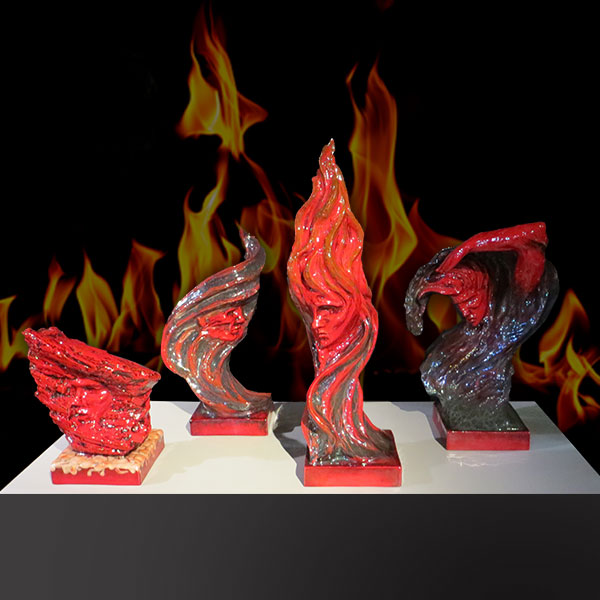
Royal Doulton Flambe Elements by T. Potts
“Whereas snakes and all creeping things love earth; all swimming things love water; winged things, air, of which they are the citizens; while those that fly still higher love the fire and have the habitat near it. Not that some of the animals as well do not love fire; for instance salamanders, for they even have their homes in it.”
-Kore Kosmou “Virgin of the World”
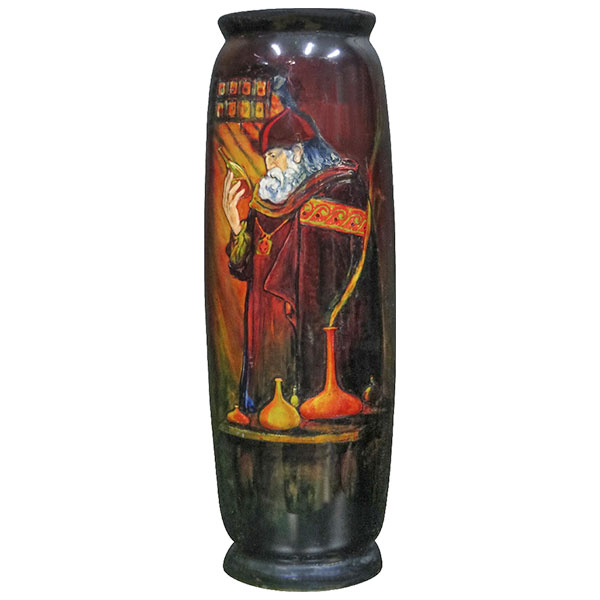
Royal Doulton Alchemist by C. Noke
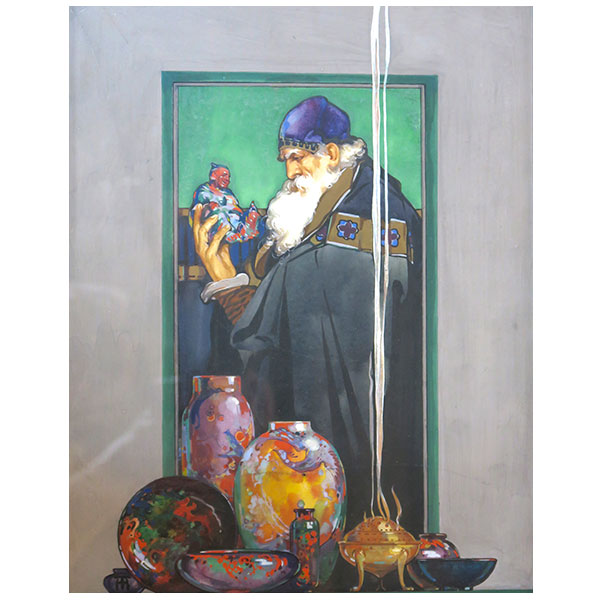
Alchemist watercolor for Sung Catalog cover
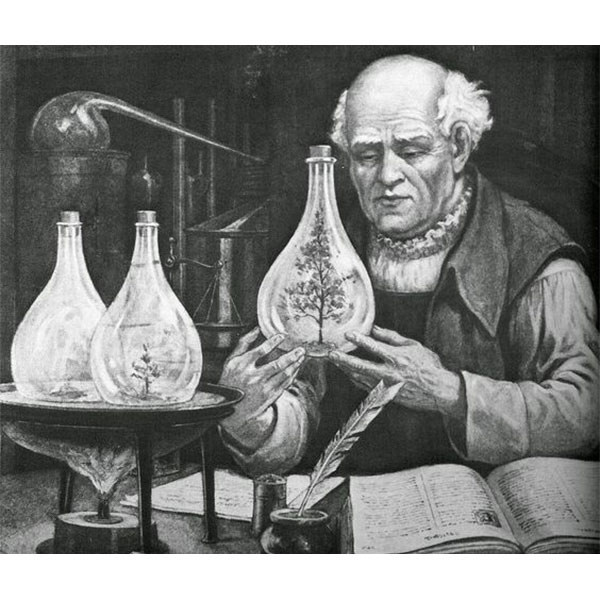
Paracelsus Alchemist
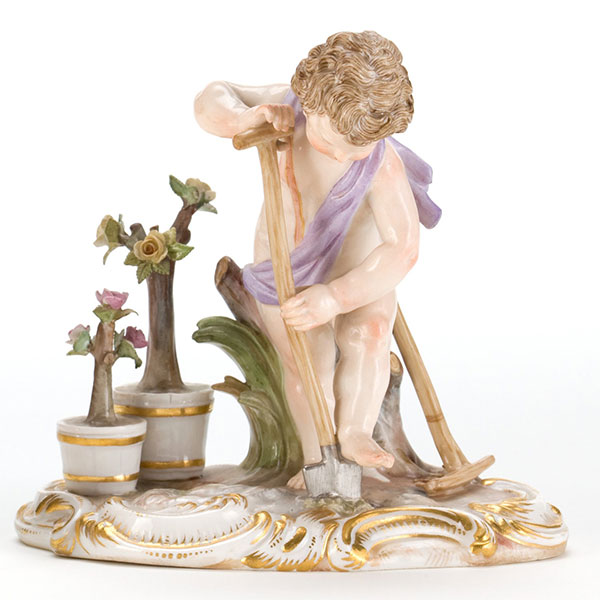
Meissen Earth
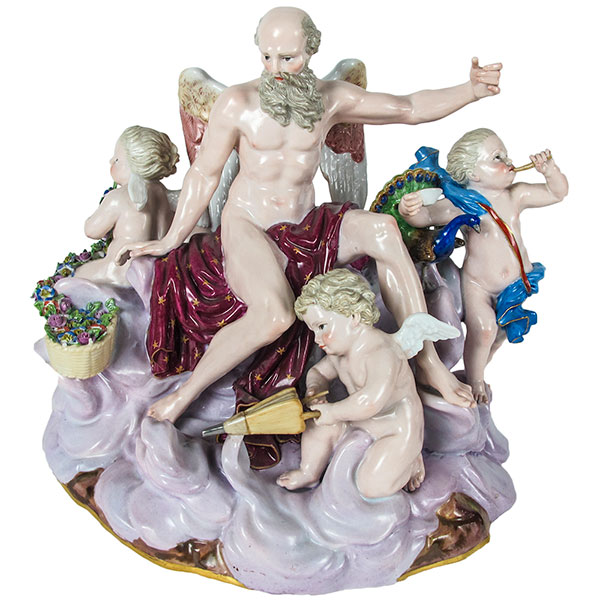
Meissen Air
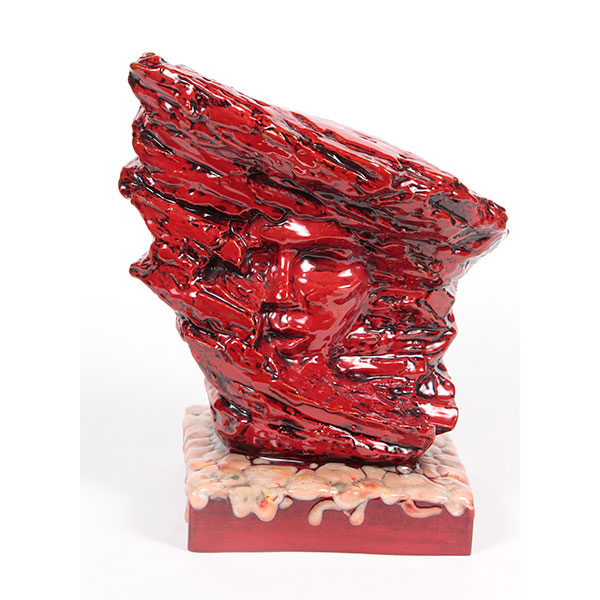
Royal Doulton Earth Prototype by T. Potts
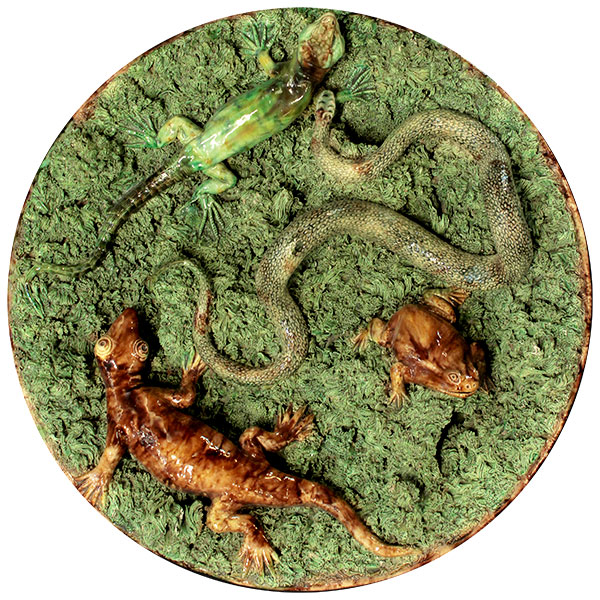
Mafra & Son, Palissy style Snake, Lizards & Toad
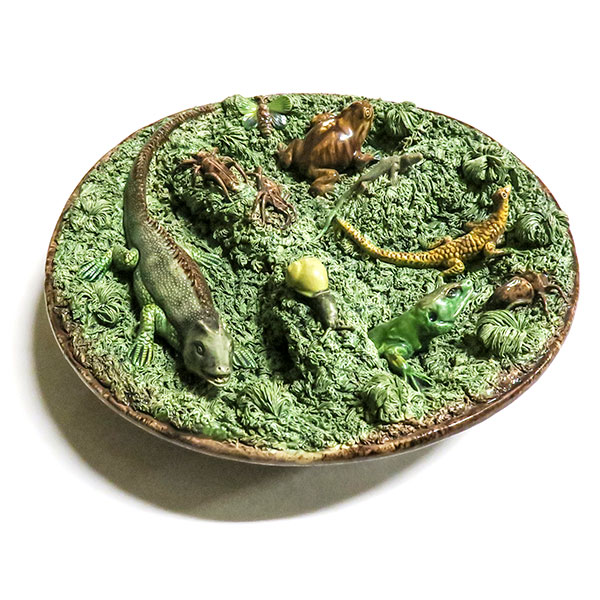
Mafra & Son, Palissy style Snail, Lizards & Toads
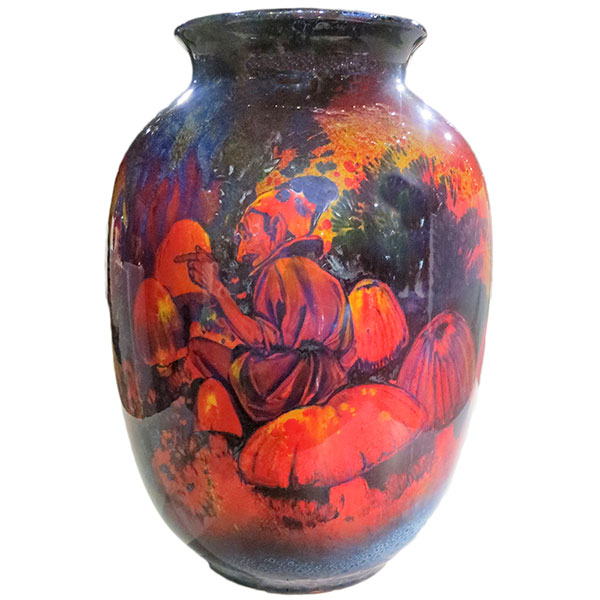
Royal Doulton Flambe Gnomes Vase
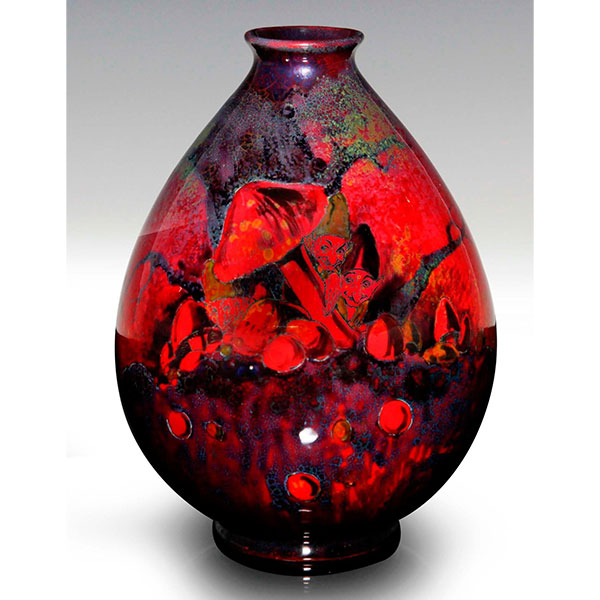
Royal Doulton Flambe Gnomes Vase
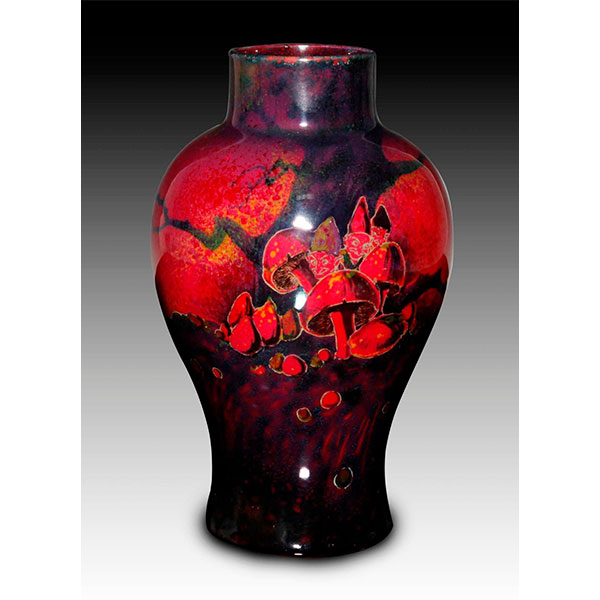
Royal Doulton Flambe Gnomes Vase
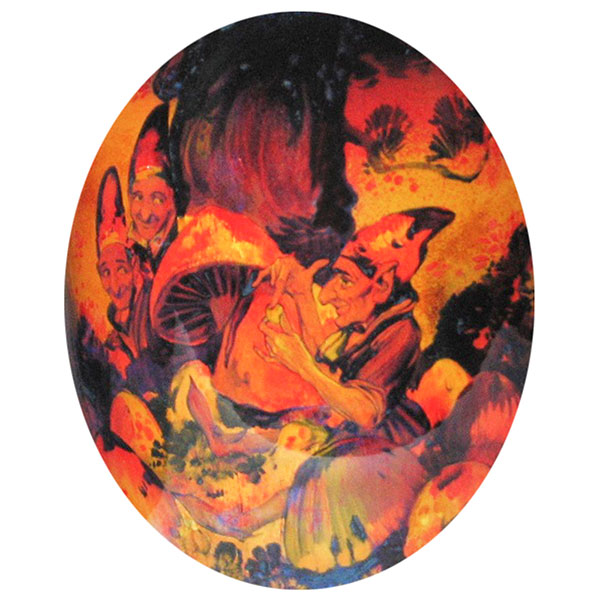
Gnomes detail
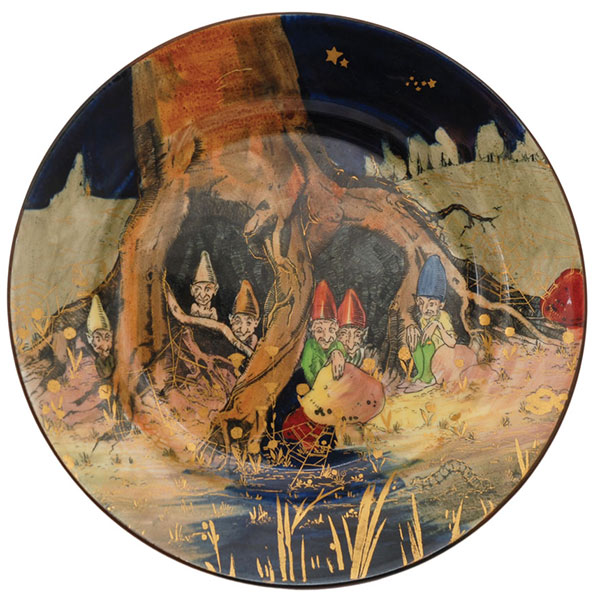
Royal Doulton Gnomes Plate
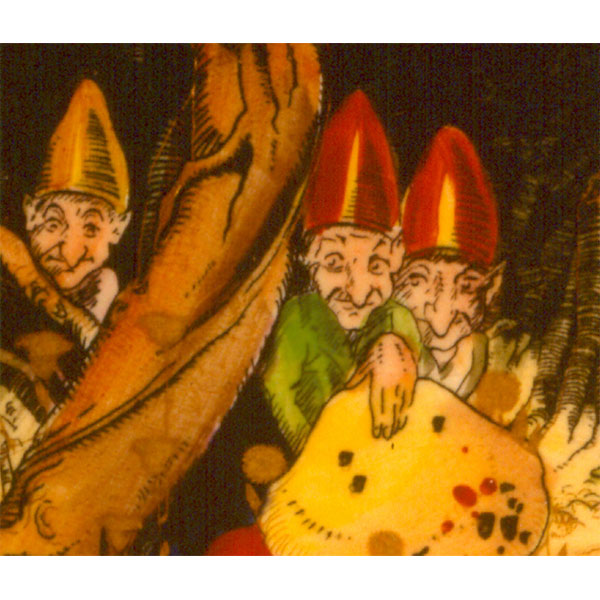
Royal Doulton Gnomes Plate detail
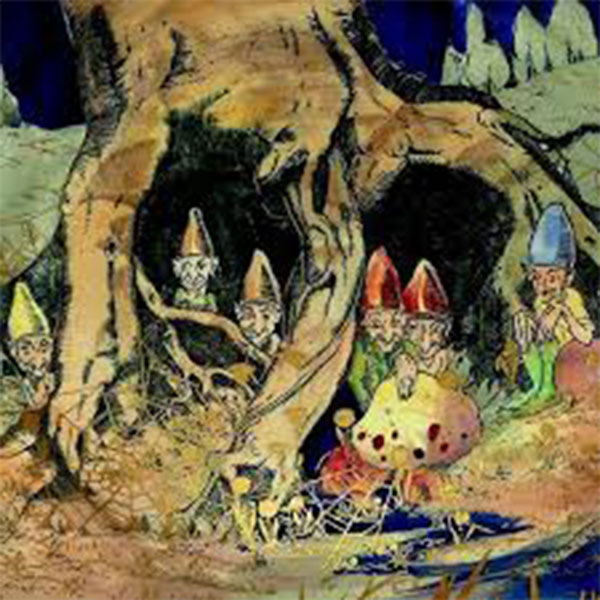
Royal Doulton Gnomes series
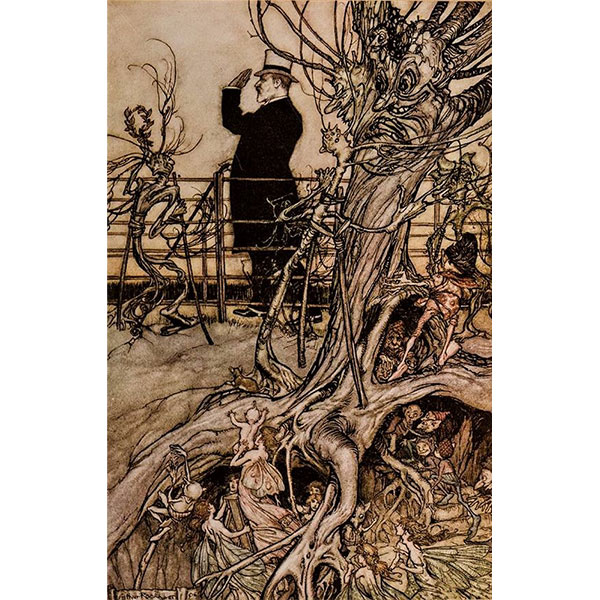
Peter Pan by A. Rackham
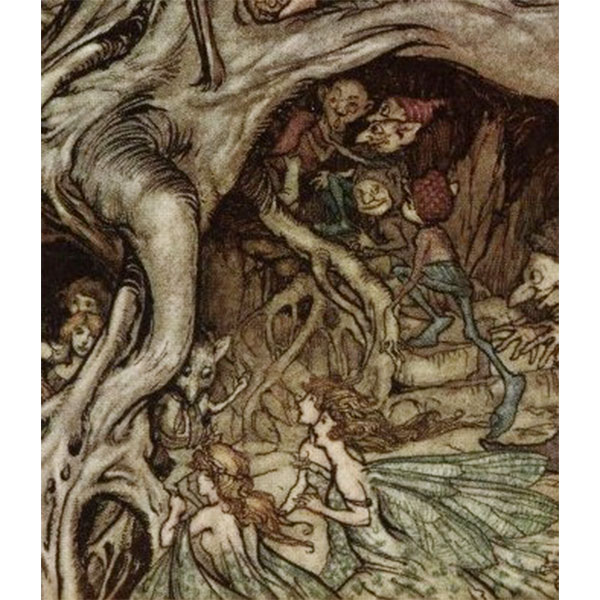
Peter Pan in Kensington Gardens detail
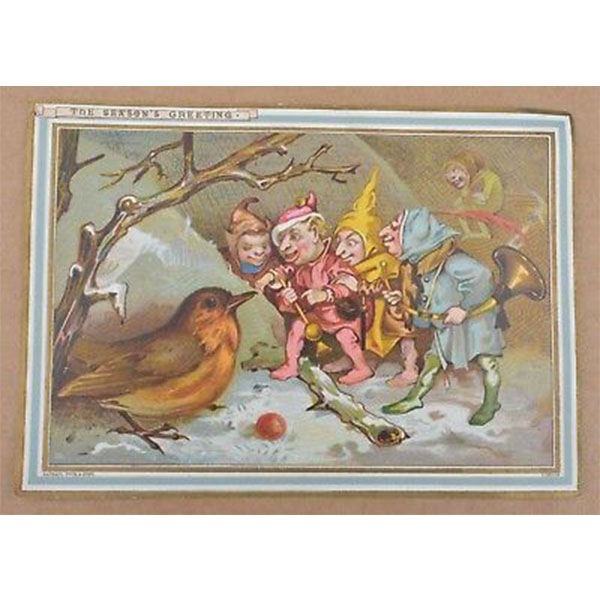
Raphael Tuck Gnome Christmas Card
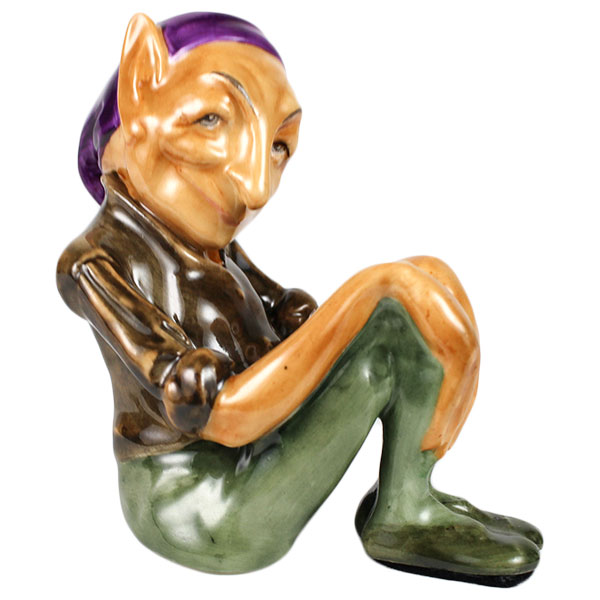
Royal Doulton Gnome
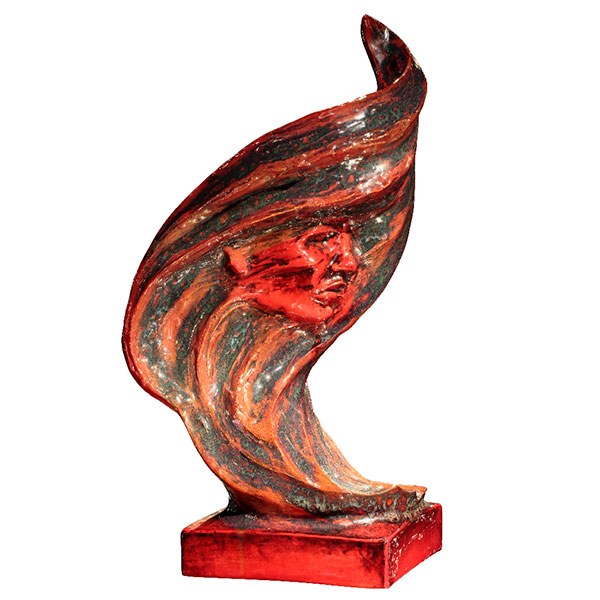
Royal Doulton Air Prototype by T. Potts
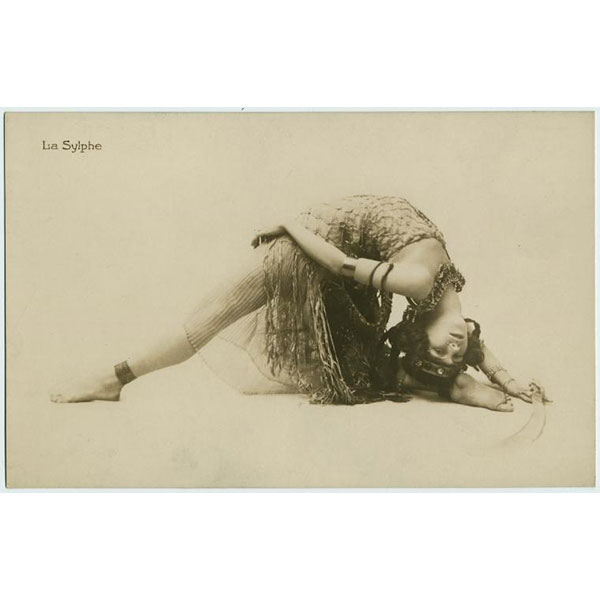
Edith Langerfield as La Sylphe
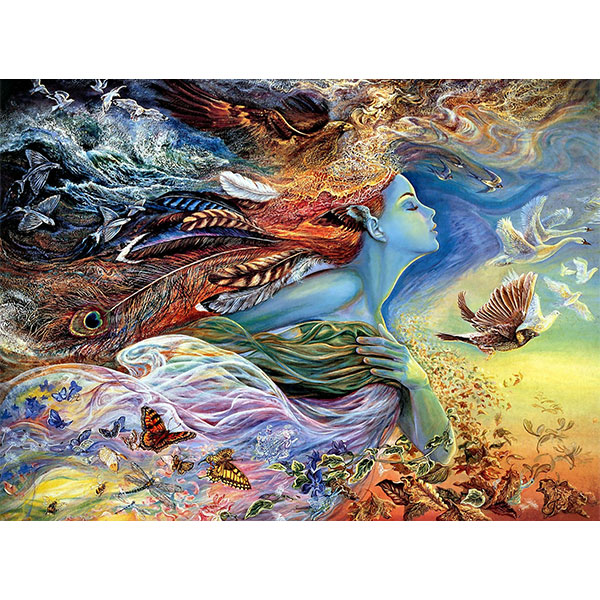
The Spirit of the Air by J. Wall
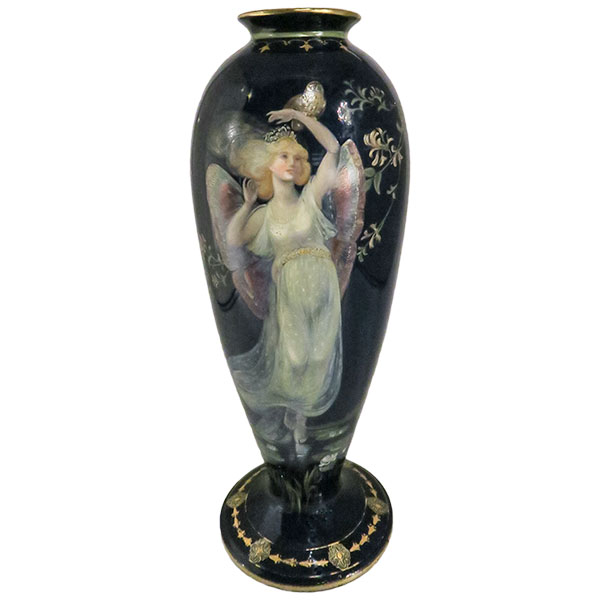
Gibson and Son Fairy by G. White
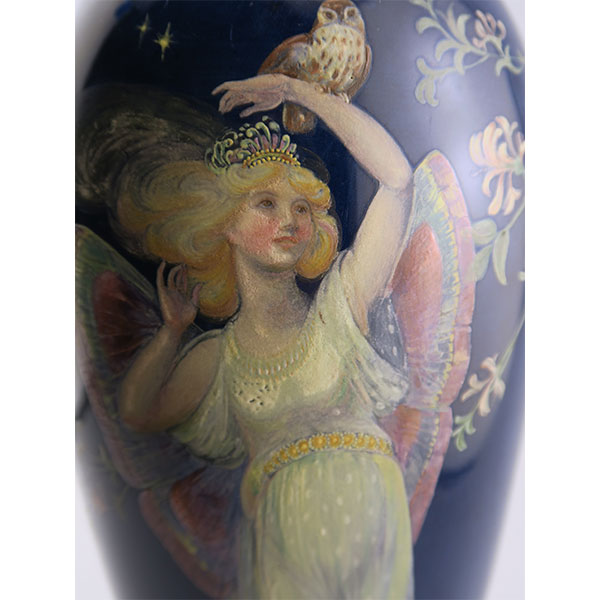
Fairy detail
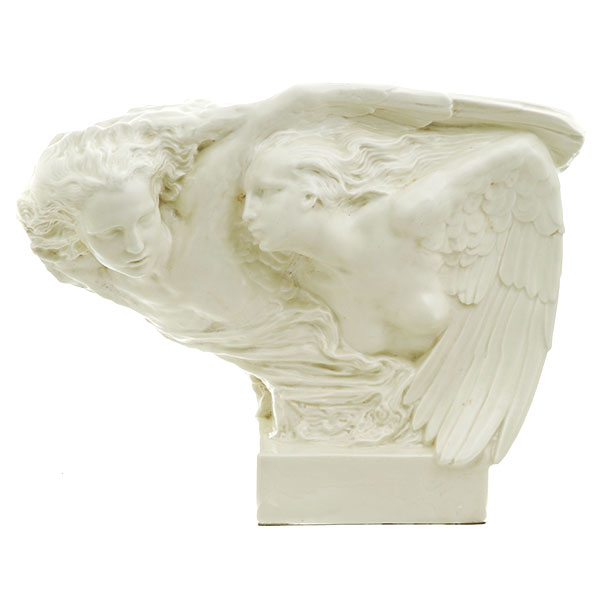
Royal Doulton West Wind by R. Garbe
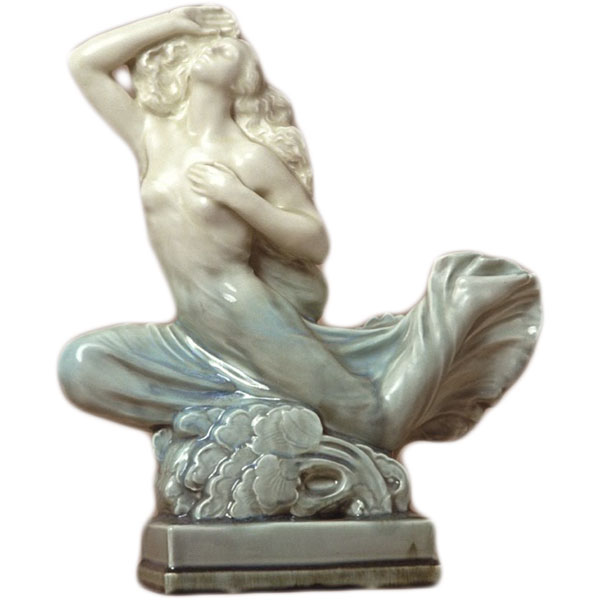
Royal Doulton Spirit of the Wind by R. Garbe
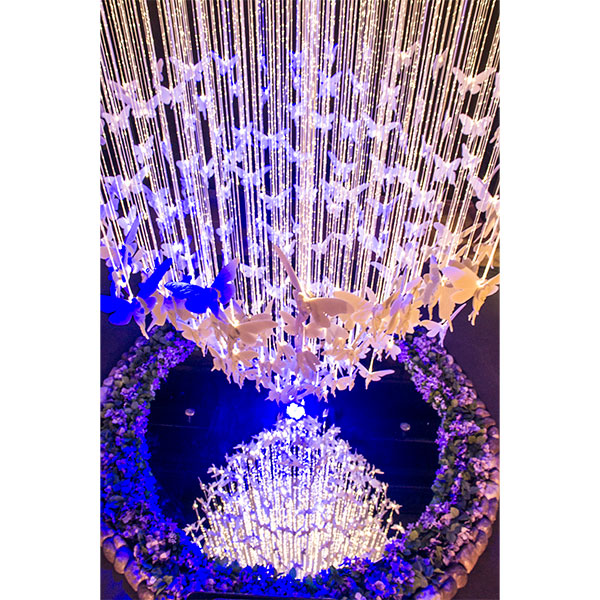
Lladro fairies chandelier detail
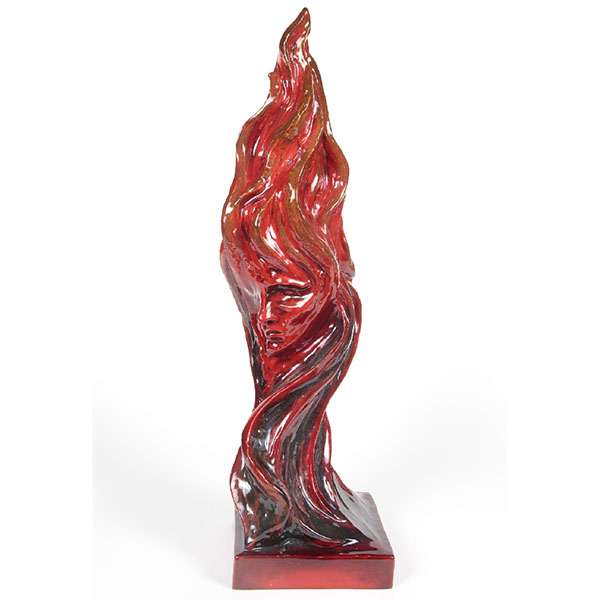
Royal Doulton Fire Prototype by T. Potts
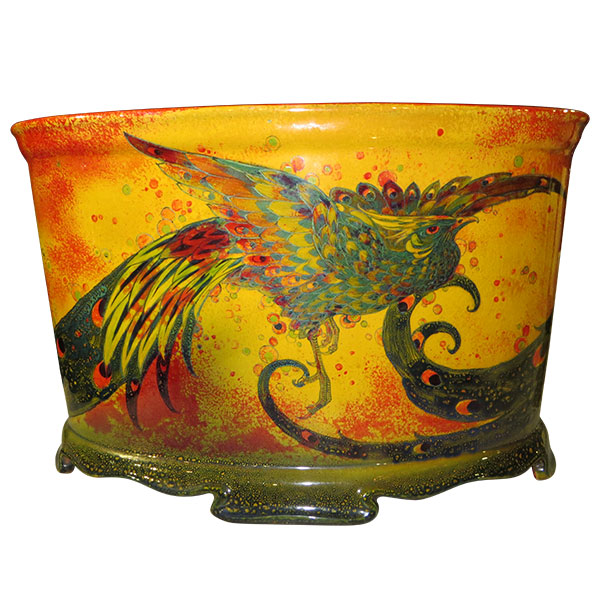
Royal Doulton Flying Peacock
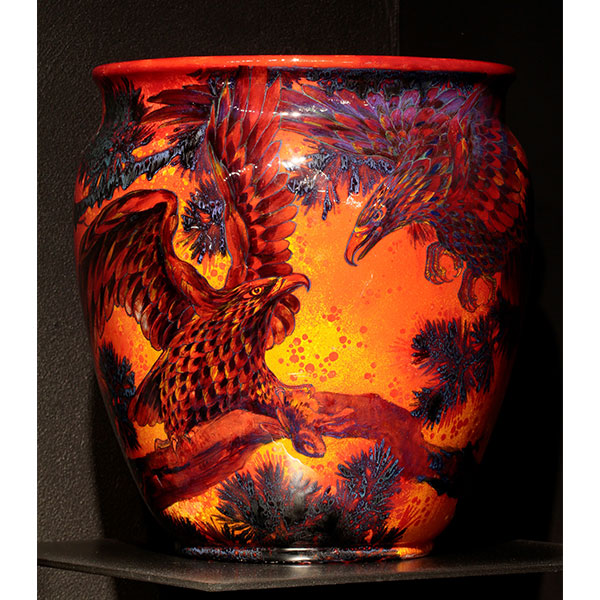
Royal Doulton Sung Eagle Vase
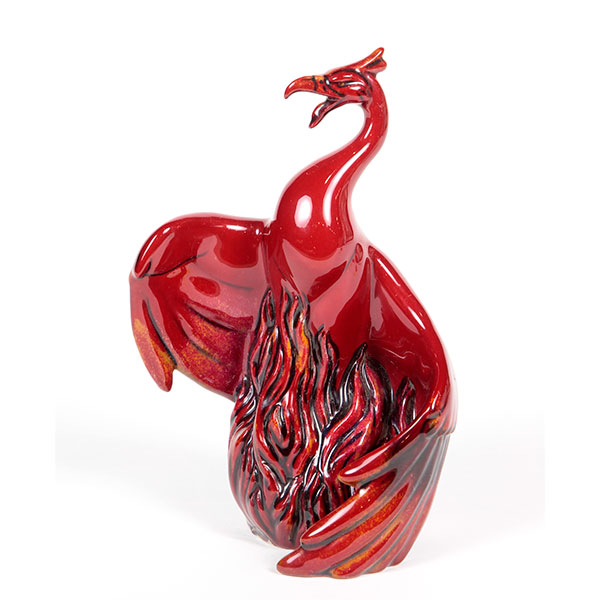
Royal Doulton Phoenix
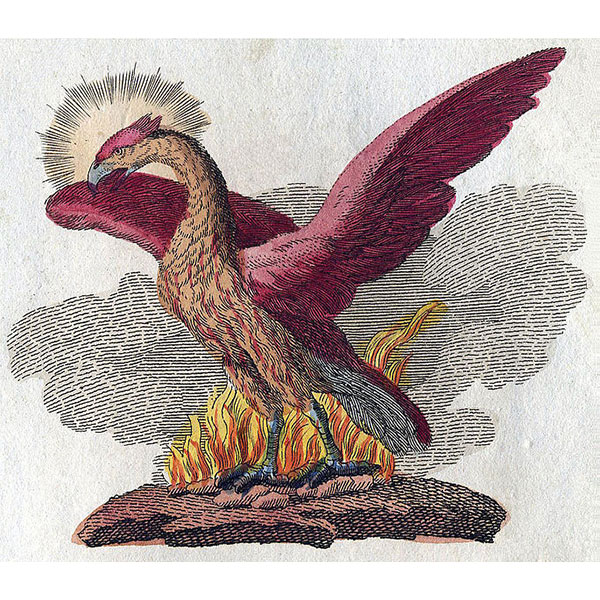
Phoenix by Fabelwesen
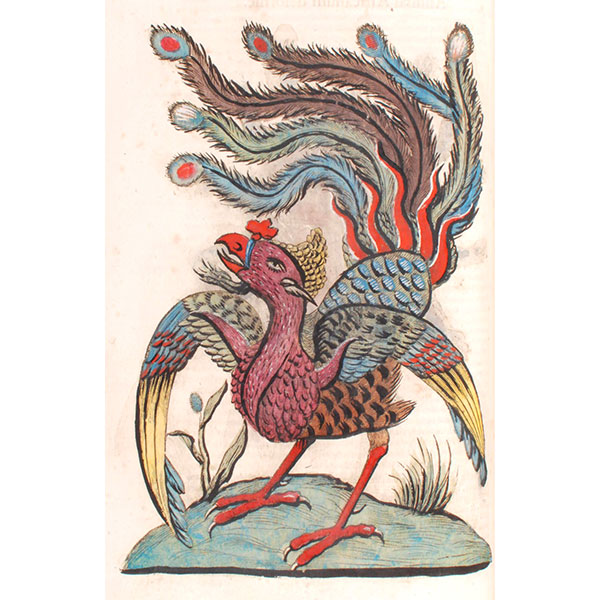
Phoenix print

Phoenix
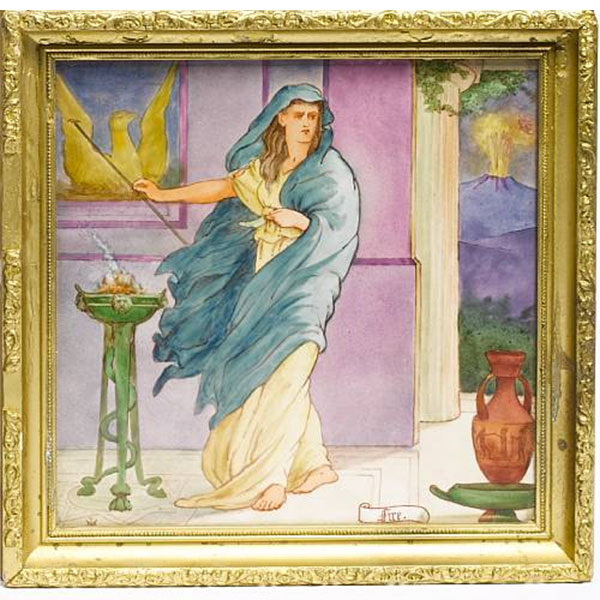
Doulton Lambeth Fire tile
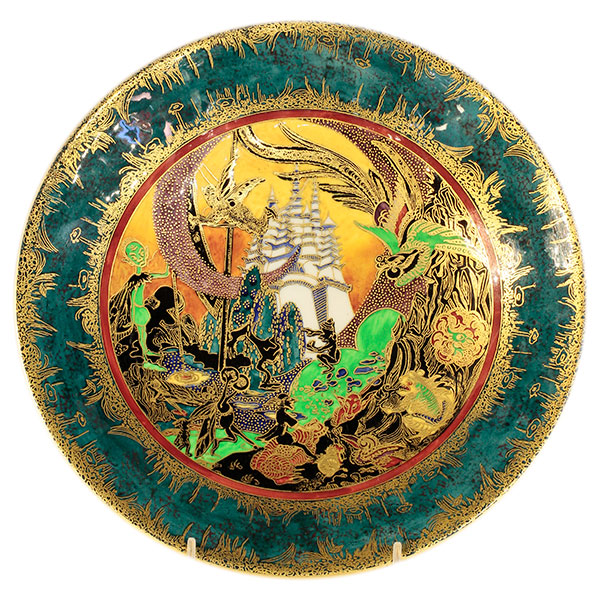
Wedgwood Fairyland Lustre White Pagoda by D. Makeig Jones
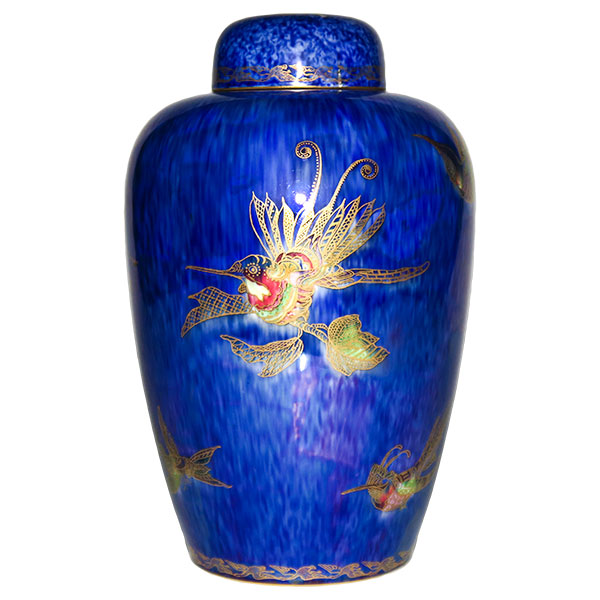
Wedgwood Hummingbirds
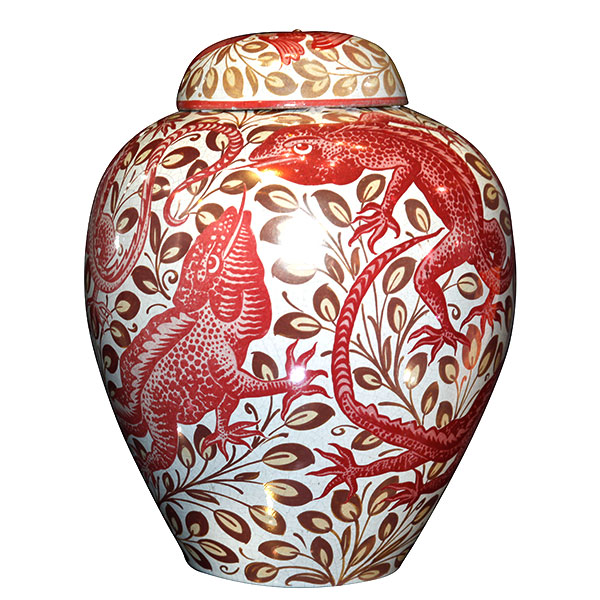
William De Morgan Salamanders and Bird Ginger Jar
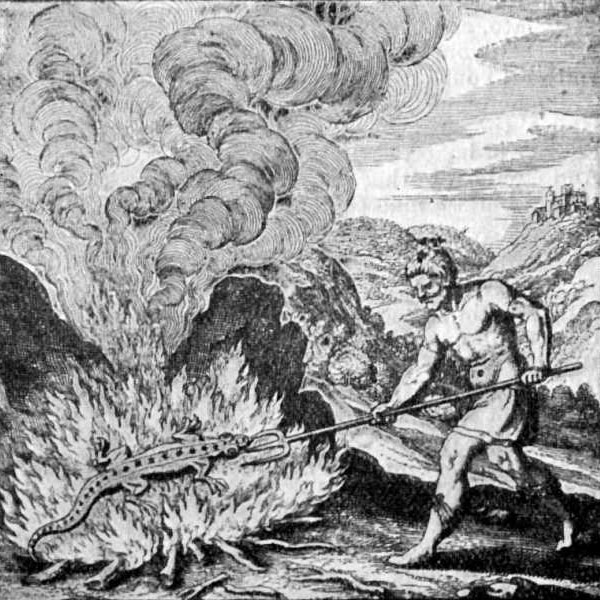
Salamander from Story of Alchemy & Beginnings of Chemistry
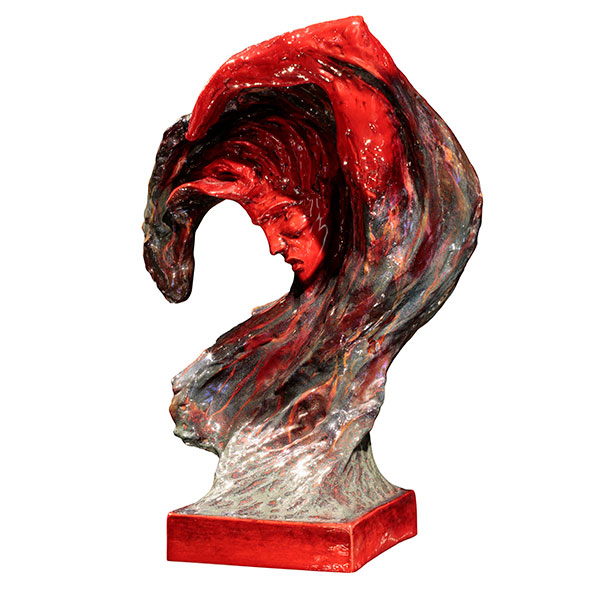
Royal Doulton Water Prototype by T. Potts
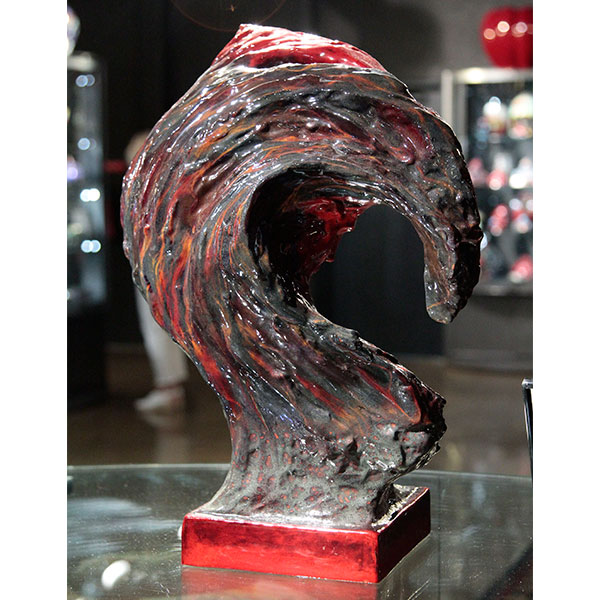
Water detail
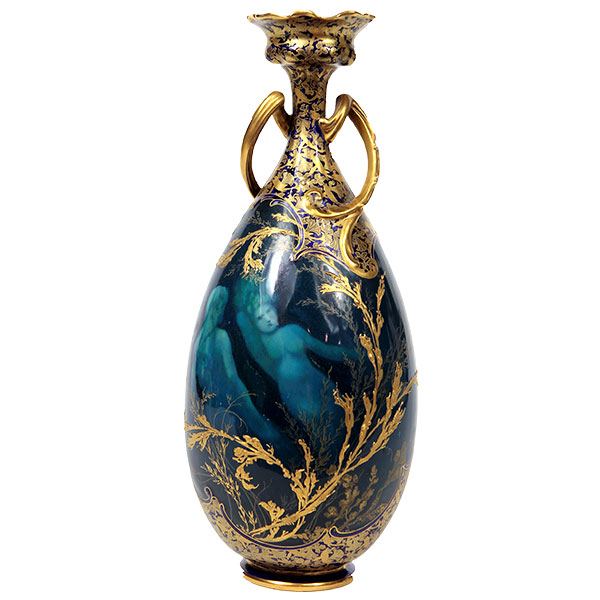
Royal Doulton Mermaid Vase by G. White
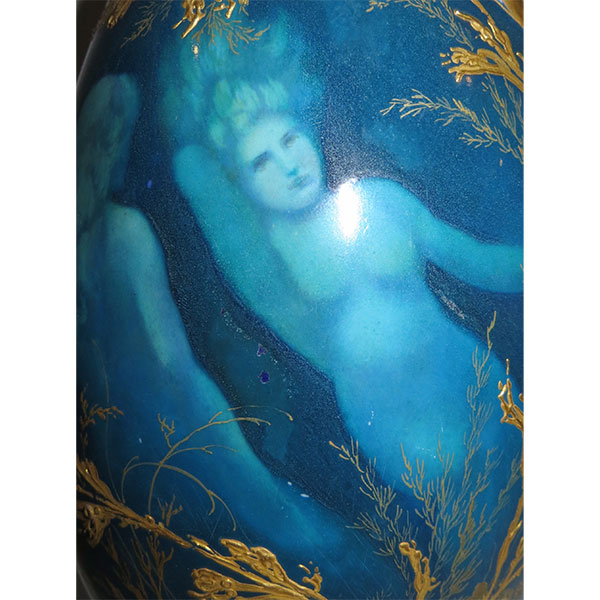
Mermaid Vase detail
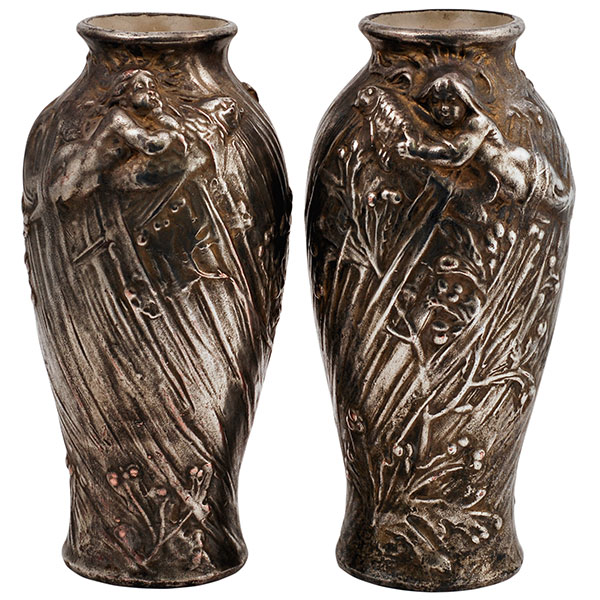
Doulton Lambeth Mermaid Vases
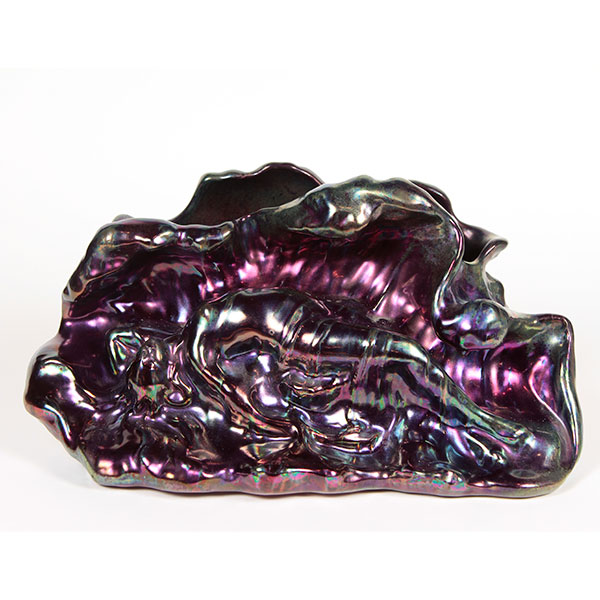
Clement Massier Mermaid
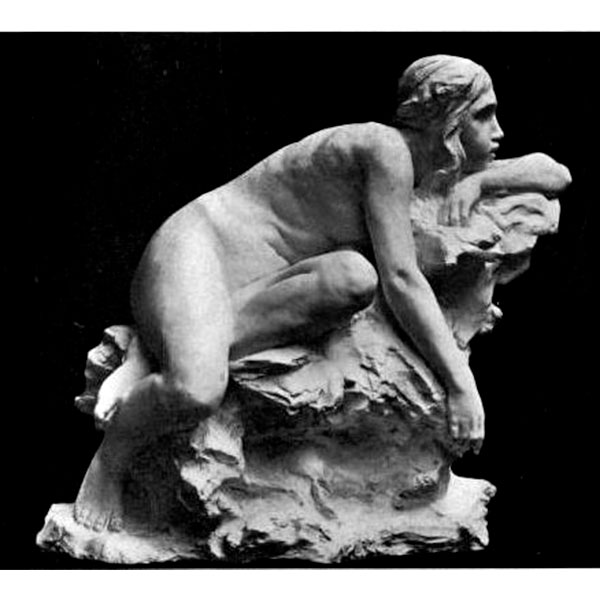
Undine by R. Garbe
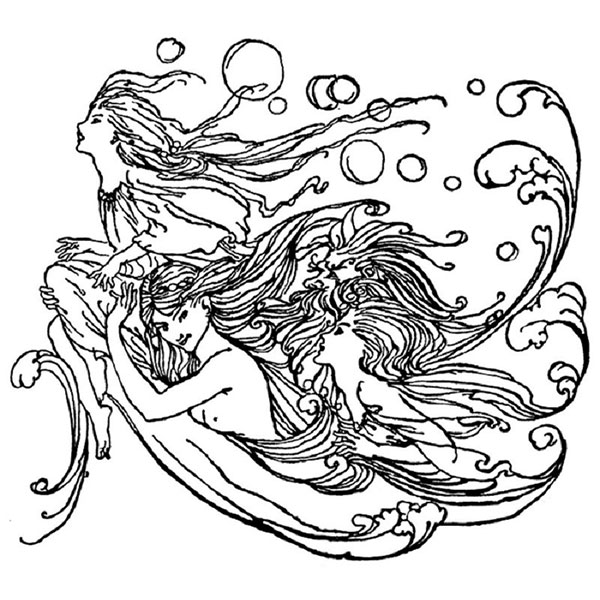
Undine by A. Rackham
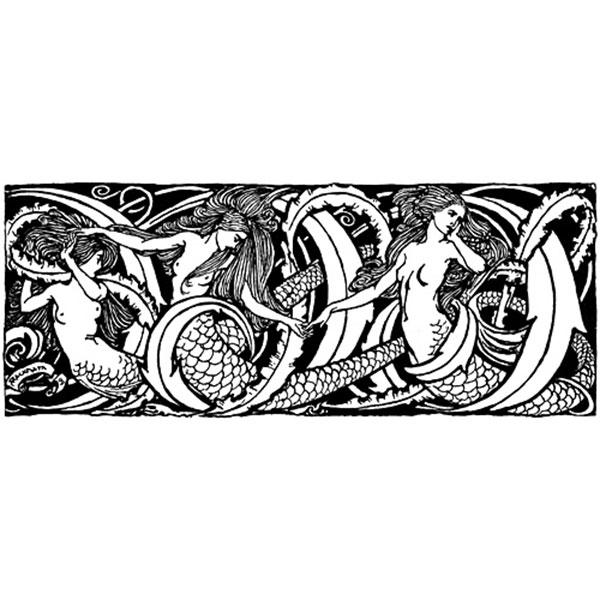
Undine by A. Rackham
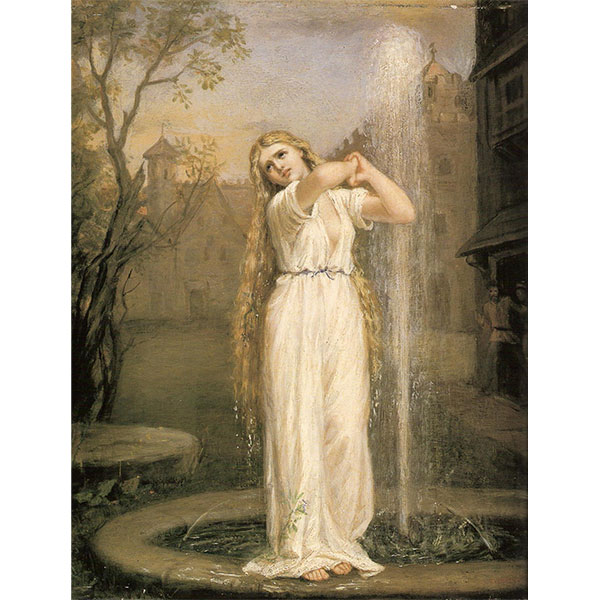
Undine by J. W. Waterhouse
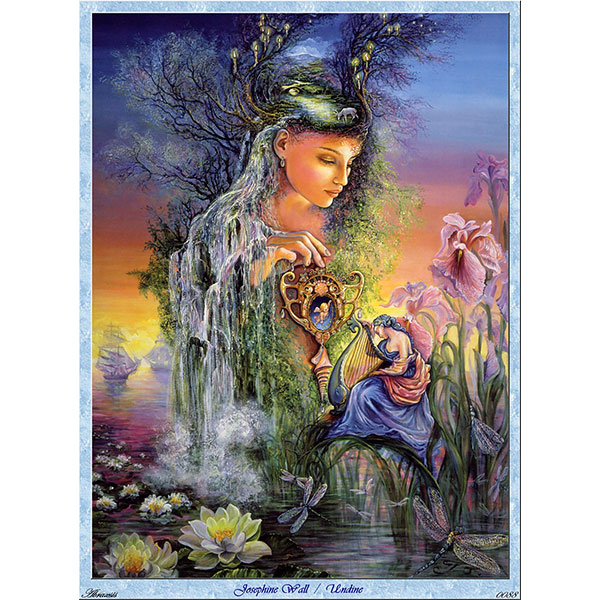
Undine by J. Wall
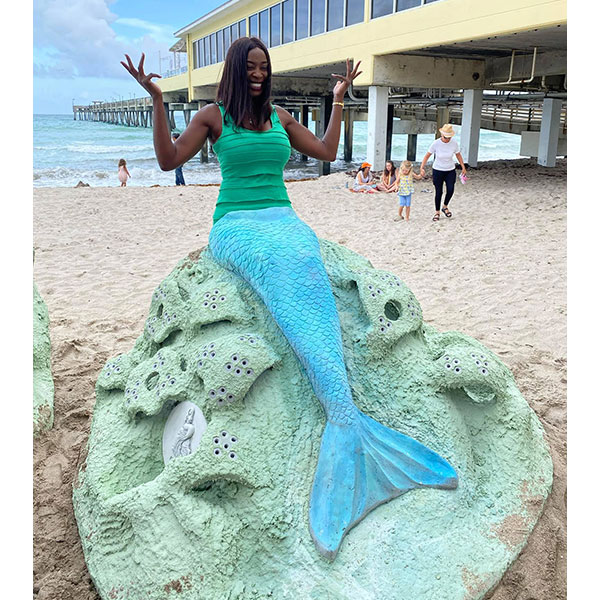
Joyce Davis on Dania Beach with 1000 Mermaids Project Mermaid selfie tail
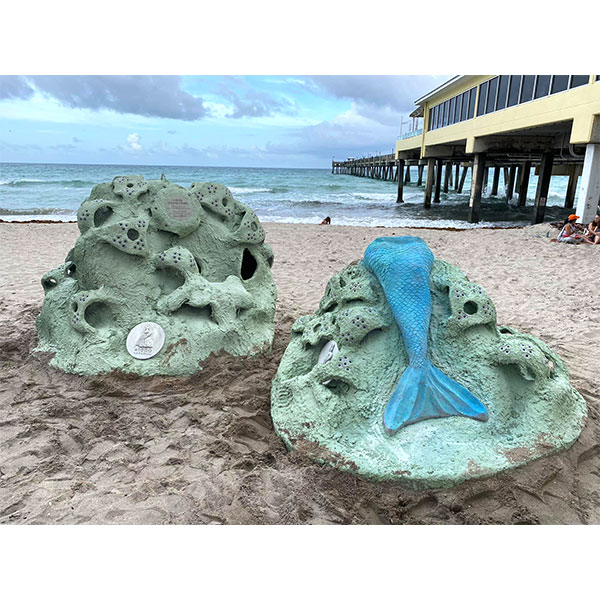
1000 Mermaids Project Mermaid selfie tail
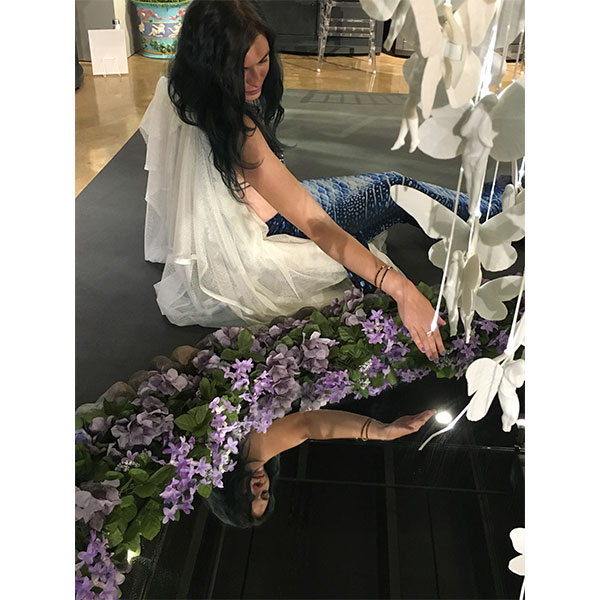
Rhanu at Niagara Chandelier
